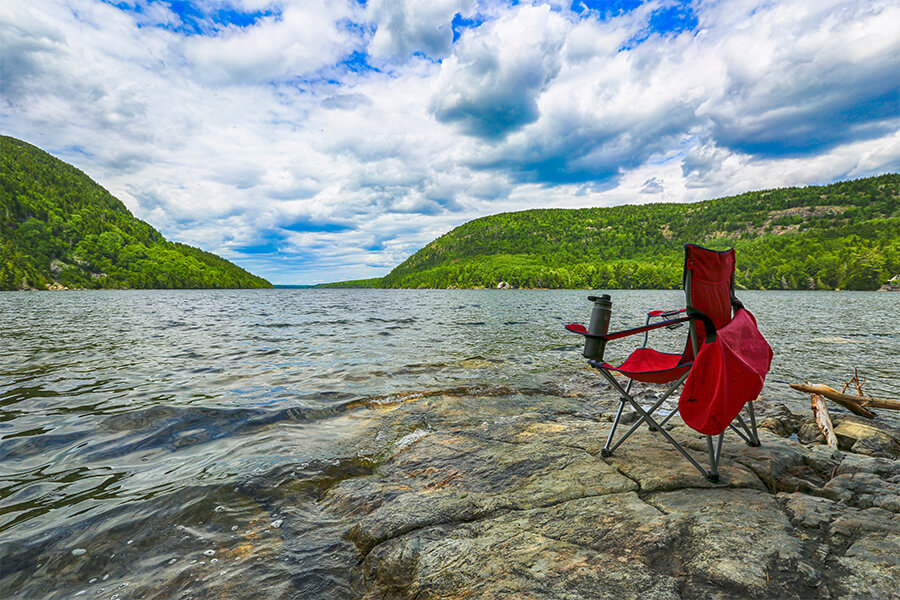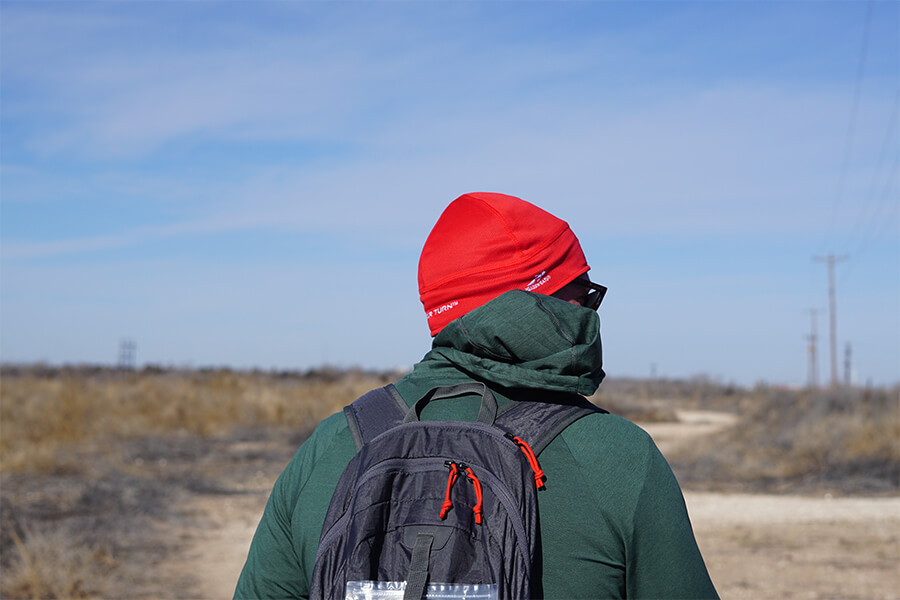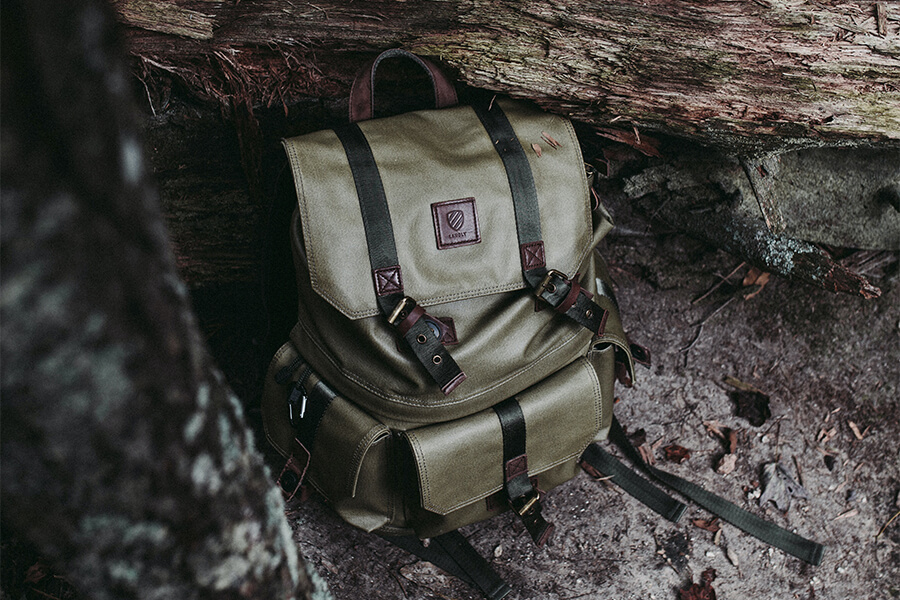An essential item of equipment for every winter hiker or traveller is a backpacking snow shovel. Since they are lightweight and small in size, these specialty shovels are simple to pack and carry on the path. They are also made to survive the harsh elements of the backcountry, making it simple for hikers to clear snow from campsites and paths.
The material of backpacking snow shovels
The material of the shovel blade is one of the most crucial considerations when it comes to backpacking snow shovels. Aluminum and plastic are the two materials that are most frequently utilized to make shovel blades. Aluminum shovels are a common option for backpackers because they are lightweight and strong. Additionally, they can sustain high temperatures and are resistant to rust. Although plastic shovels are as lightweight, aluminum is more robust. Although they cost less than aluminum shovels, they are more prone to breaking or cracking when put to rigorous usage.
Shape and Size
Another crucial factor is the shovel blade’s size and shape. With each scoop, a larger shovel blade will be able to carry more snow, but at the cost of being heavier and bulkier. Although a smaller shovel blade is more portable and lightweight, moving the same quantity of snow will require more scoops. In compacted snow or ice, a triangular or D-shaped blade works better for digging and cutting. The depth of the shovel should also be taken into account because it will affect how much snow you can sweep up at once.
Handle
Another crucial component to think about while choosing a snow shovel for trekking is the handle. People of different heights can utilize telescoping handles more easily because they can be changed to different lengths. More leverage and the ability to move more snow can be achieved by using a T-handle or a curved handle. Long-term use can be made more pleasant with a handle having an ergonomic grip. When using it, the handle will be put under a lot of stress, so take into account whether it is likewise built of a sturdy material.
Weight
Another important factor to take into account, especially when hiking, is the shovel’s weight. Find a shovel that is as strong as possible but as light as possible. Some hiking snow shovels weigh between 8 and 14 ounces, which is a nice balance between weight and toughness. On a lengthy hike, keep in mind that even a slight weight difference might have a significant impact.
Features of hiking snow shovels
Some hiking snow shovels have extra functions like ice axes for breaking up hard-packed snow or a saw edge for cutting trees. While some types of terrain may benefit from these qualities, they can also make the shovel heavier and more difficult to use. Think about whether these characteristics are required for your intended application and what is more important to you: usefulness or weight.
Cost
Although the cost of backpacking snow shovels might range greatly, it’s vital to keep in mind that you get what you pay for. Lower-end shovels will be less expensive but less durable, whereas higher-end shovels will often be more robust, lightweight, and feature-rich. It’s crucial to strike a balance between the shovel’s price and your needs, as well as to take its long-term cost-effectiveness into account.
In summary, a backpacking snow shovel is an essential piece of gear for any winter backpacker or hiker. The shovel’s blade material, size, form, handle, weight, additional features, and price should all be taken into account when selecting a hiking snow shovel. You may pick the ideal shovel for your needs and be ready for any winter hiking excursion by taking these considerations into account. A camping snow shovel is a crucial piece of equipment that may assist you in navigating through snowy terrain securely and effectively, regardless of whether you plan to take on a wilderness trek through deep snow or are merely wanting to clear a campsite. It’s crucial to do your homework on the many alternatives and pick a shovel that satisfies your unique needs. You may confidently and easily take in the splendor of the winter wilderness with the correct backpacking snow shovel.







